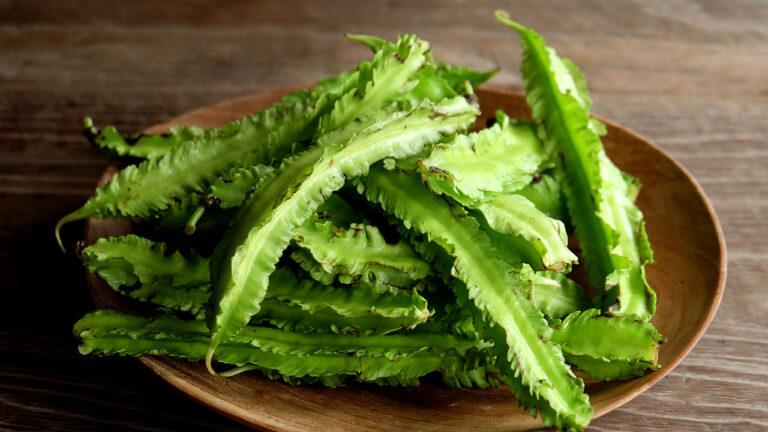Introduction: Filipino Cuisine and Vegetarianism
Filipino cuisine has a rich blend of flavors and influences from various cultures, including Spanish, Chinese, Malay, and American. However, one question that arises for vegetarians is whether there are options available for them in Filipino cuisine. While some traditional dishes may include meat and seafood, there are still vegetarian-friendly options. With the growing number of people adopting a vegetarian or vegan lifestyle, it is worth exploring the options available in the Filipino diet.
The Traditional Filipino Diet: Is it Vegetarian-Friendly?
The traditional Filipino diet includes a wide variety of vegetables, fruits, and grains. However, meat and seafood are also an essential component of many dishes. Thus, it may not be vegetarian-friendly. But, there are many vegetables and fruits that are unique to the Philippines, such as bitter melon, taro root, and guava, which can be incorporated into vegetarian dishes. Additionally, many traditional Filipino dishes can be made vegetarian friendly by replacing meat with tofu or plant proteins.
Vegetarian-Friendly Filipino Dishes: Common Options
Some of the most popular vegetarian-friendly Filipino dishes include adobo, which can be made with tofu or mushrooms instead of meat, sinigang, a sour soup made with vegetables and tamarind, and ginataang gulay, which is a vegetable curry made with coconut milk. Other options include kare-kare, a peanut-based stew made with vegetables, and lumpia, which are spring rolls filled with vegetables or tofu.
Vegetarian Alternatives to Popular Filipino Ingredients
For those who want to incorporate traditional Filipino ingredients into vegetarian dishes, there are many alternatives available. For example, instead of using meat-based broth, vegetable broth can be used. Soy sauce can be replaced with tamari, a gluten-free alternative. Shrimp paste can be substituted with miso paste or vegan fish sauce.
Vegetarian Filipino Restaurants: Where to Go
There are several vegetarian Filipino restaurants in the Philippines and other countries. One such restaurant is Pipino Vegetarian, which offers a range of Filipino dishes made entirely from plant-based ingredients. Similarly, Susi Vegan, also in the Philippines, offers Filipino-inspired vegan cuisine, including vegan sisig and vegan longganisa.
Conclusion: The Future of Vegetarianism in Filipino Cuisine
While traditional Filipino cuisine may not always be vegetarian-friendly, there are many options available for vegetarians and vegans. With the growing demand for plant-based options, Filipino cuisine is adapting to cater to every dietary preference. As more people adopt vegetarian and vegan lifestyles, we can expect to see more vegetarian-friendly Filipino dishes in the future.

